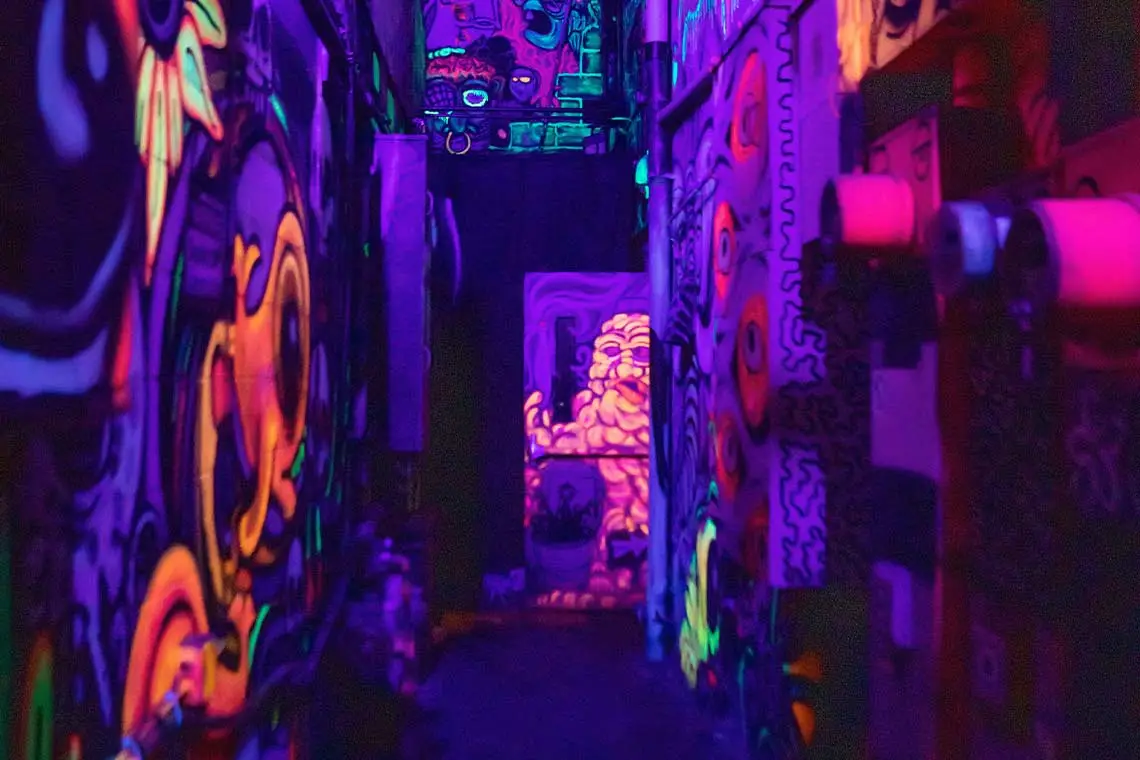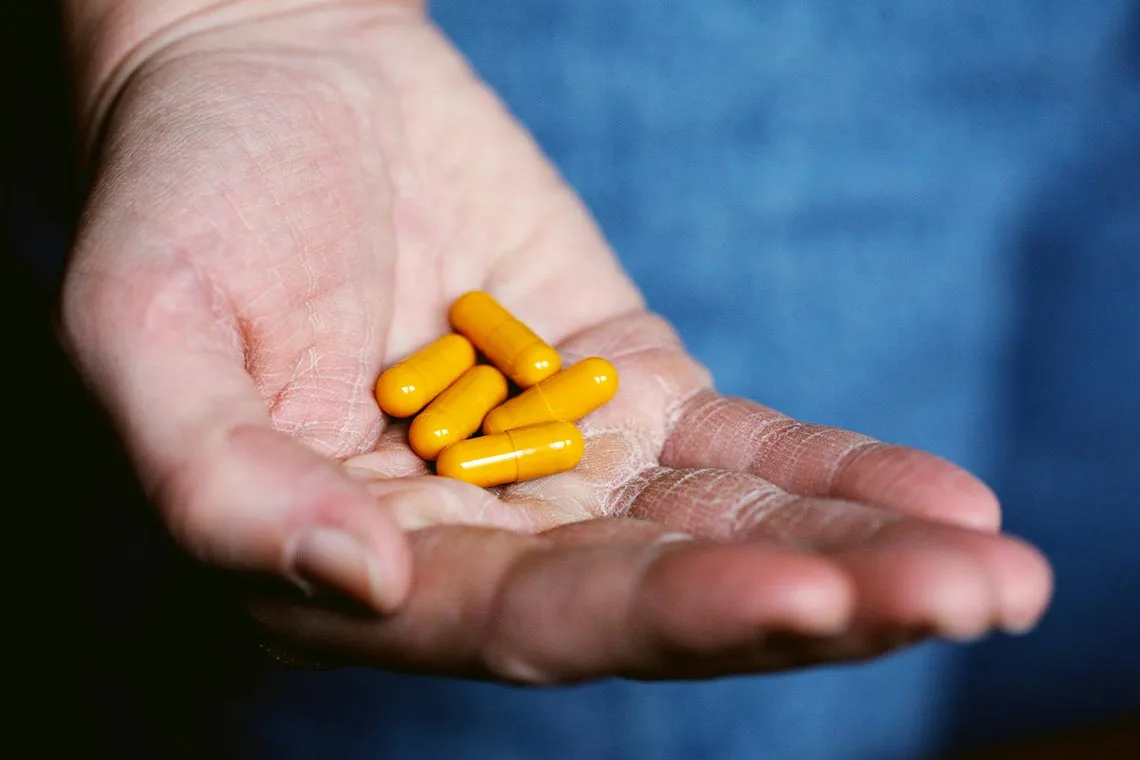Cultural, Informational
The Difference Between Psychoactive, Psychotropic, and Psychedelic Substances
In the cannabis space and beyond, the terms psychoactive, psychotropic, and psychedelic are frequently used as if they are the same, yet they refer to distinct concepts. These terms describe not just the various chemicals found in substances but also their unique interactions with the chemicals in the human brain.
While every psychedelic drug is psychoactive, not every psychoactive drug falls into the psychedelic category. Furthermore, in the discussion around psychoactive and psychotropic drugs, numerous sources, including peer-reviewed academic works, treat these terms as synonymous. However, some references point out a nuanced distinction between them.
This article offers an in-depth exploration of the differences between these drug categories, detailing the types of drugs included and highlighting the associated risks.
Table of Contents:
- What Type of Drug Is Cannabis?
- What Are Psychoactive Drugs?
- Types of Psychoactive Drugs
- What Are Psychotropic Drugs?
- Benefits and Side Effects of Psychotropic Drugs
- Difference Between Psychoactive and Psychotropic Drugs
- What Are Psychedelic Drugs?
- Benefits and Dangers of Psychedelic Drugs
- Difference Between Psychoactive and Psychedelic Drugs
- Final Thoughts
What Type of Drug Is Cannabis?
Cannabis is generally categorized as having psychoactive effects. This means that it may alter your sense of reality, and it also crosses the blood-brain border. While cannabis is most commonly referred to as psychoactive, some also say it falls under the category of psychotropic because it alters perception. Since many substances, from coffee to cocaine, fall under psychotropic, it makes sense that cannabis would also find a home here.
While some may get confused and deem cannabis’s effects as psychedelic, cannabis is generally not categorized as causing the same effects as true psychedelic drugs such as LSD and certain mushrooms. While your perception is certainly altered via cannabis, the effects are often not as severe and thus are not categorized as a psychedelic.
What Are Psychoactive Drugs?
Psychoactive drugs encompass a broad range of substances that impact the brain. These can alter a person’s mental state without necessarily inducing a high. Often, psychoactive substances are described as anything that can cross the blood-brain barrier, which includes everyday stimulants like caffeine and nicotine, among other milder substances.
While not all psychoactive drugs dramatically change an individual’s mental state, they have the potential to do so. The World Health Organization reports that in 2021, around 270 million people worldwide, or 5.5% of the global population, consumed psychoactive substances.
Types of Psychoactive Drugs
These drugs fall into four primary categories: stimulants, depressants, opiates, and hallucinogens, each affecting the brain in different ways.
Depressants
Depressants are drugs that decrease activity in the central nervous system, effectively slowing down brain function. They influence neurotransmitters regulating mood and thought processes, often leading to sedation, reduced alertness, and euphoria.
Well-known depressants include alcohol, barbiturates, and benzodiazepines, with barbiturates typically prescribed for sleep issues and benzodiazepines for anxiety.
Though these substances can offer relief when used correctly, there’s a high risk of misuse and dependency. Excessive use can result in addiction and severe health complications. Mixing depressants with substances like opioids or Valium increases these risks dramatically, as the combined effects can severely depress respiratory function. Understanding the dangers associated with depressant use is crucial for anyone considering them.
Stimulants
Stimulants boost brain and body activity, essentially acting as accelerators. Their impact can vary, from enhancing wakefulness and focus to elevating heart rate and blood pressure.
Common stimulants range from everyday substances like caffeine and nicotine to illegal drugs such as cocaine and recreational methamphetamines. Notably, some stimulants, particularly illicit ones like meth, pose a high risk of addiction, with meth addiction showing a relapse rate higher than 90% even after treatment.
The mechanism behind stimulants involves their interaction with the brain’s neurotransmitters, the chemicals responsible for transmitting signals between neurons. For example, caffeine operates by attaching to adenosine receptors in the brain, blocking the average sleepy effect of adenosine. Overall, stimulants enhance alertness, concentration, and energy by counteracting the natural mechanisms that induce sleepiness.
Hallucinogens
Hallucinogens, often known as psychedelics, are drugs that significantly alter perception, mood, and thought processes. Examples of widely used hallucinogens are LSD, magic mushrooms, and ketamine. Users of these substances may experience visual, tactile, or auditory hallucinations, perceiving things that don’t exist in reality. While some individuals describe enhanced openness and a deeper connection with those around them, others might encounter fear or a sense of losing control. These substances are part of the larger group of psychoactive drugs known for their profound impact on the user’s mental state.
Opiates
Opiates encompass a group of drugs that range from prescription medications like oxycodone and hydrocodone to illegal substances such as heroin. They alleviate pain and induce euphoria by attaching to the brain’s opioid receptors, which can, unfortunately, pave the way for addiction, increased tolerance, and physical dependence.
The addictive nature of opiates is extreme, with relapse rates exceeding 85%. They are a leading cause of drug-related fatalities in the U.S., mainly because opioids like heroin act on the brain’s reward system, which is intricately linked with the control of breathing. Even minor increases in dosage can critically depress respiratory function, leading to fatal outcomes. Since 1999, opioid overdoses have claimed over 450,000 lives.
What Are Psychotropic Drugs?
Psychotropic medications are commonly used to treat mental health issues, helping to adjust mood, emotions, and behavior. These drugs specifically aim at the brain’s limbic system, which plays a key role in regulating our feelings, making them useful for conditions like depression, anxiety, and schizophrenia.
The main types of psychotropic drugs include:
- Antidepressants
- Antiepileptics (AKA Anticonvulsants)
- Mood Stabilizers
- Antipsychotics
Benefits and Side Effects of Psychotropic Drugs
These medications are beneficial for mental and neurological disorders but can also cause side effects ranging from digestive issues to sexual dysfunction and even increased anxiety or depression. Maintaining open lines of communication with a mental health professional and promptly reporting any negative reactions is vital when using psychotropic drugs, allowing your doctor to modify your prescription for an improved outcome.
Difference Between Psychoactive and Psychotropic Drugs
Distinguishing between psychoactive and psychotropic drugs is challenging, as scientific sources often use these terms interchangeably, and definitions vary. Generally, psychoactive substances are those that affect the brain by crossing the blood-brain barrier, while psychotropic drugs, prescribed for severe conditions like schizophrenia or epilepsy, notably alter mood and cognition.

Photo by Ameer Basheer on Unsplash
What Are Psychedelic Drugs?
Psychedelic drugs trigger shifts in mood, perception, and thought processes, often warping the sense of reality and causing hallucinations. These substances, rooted deeply in the cultural practices of Indigenous peoples, have been utilized for millennia to invoke spiritual experiences.
In the U.S. alone, over 30 million users are exploring the world of psychedelics, including:
- LSD
- Psilocybin
- DMT
- Ayahuasca
- Ketamine
Benefits and Dangers of Psychedelic Drugs
There’s ongoing research into the potential therapeutic benefits of psychedelics. However, for individuals with a genetic predisposition, there’s a rare but serious risk of developing schizophrenia or similar disorders. Psychedelics are generally believed to have a low addiction risk and to be relatively safe for healthy individuals at low doses. Yet, they remain illegal in many places and pose certain safety concerns.
Instances of psychedelics prompting psychotic episodes have been documented. Without prior knowledge of one’s genetic susceptibility to schizophrenia or psychosis, the reaction to these substances can be unpredictable. Additionally, the lack of regulation, especially with street-bought drugs, means the presence of other harmful chemicals or incorrect dosages can vary from one use to the next, making even previously tolerated doses potentially unsafe.
Difference Between Psychoactive and Psychedelic Drugs
All of these terms, especially those that are similar to each other, can get confusing. The simplest way to determine if you’re dealing with a psychoactive or psychedelic substance is to look for signs of hallucinations. “Psychoactive” is an incredibly broad term, referring to any substance that alters your brain or perception in any way. Psychedelic substances are almost always known to cause hallucinations or cause “consciousness expansion” versus “consciousness altering.”
Final Thoughts
Learning the different classifications for drugs such as cannabis can be helpful when it comes to determining if their use is right for you. While psychoactive, psychedelic, and psychotropic substances can offer therapeutic benefits under professional guidance, they also carry risks of harm.
Their impact on cognitive functions can result in accidents or severe injuries. Additionally, despite some of these drugs being prescribed for medical reasons, there’s a significant risk of misuse. Substances such as opiates like heroin, stimulants like meth, and depressants like alcohol are particularly prone to addiction and physical dependency. It’s crucial to follow healthcare providers’ instructions when taking prescribed medications.
**(Disclaimer reminder: This article is not medical advice. It is based on anecdotal user experience alone. If you are thinking about incorporating cannabis (delta-8 THC, delta-9 THC, CBD, etc) into your medicinal routine, please consult a healthcare professional. Do not stop taking any prescribed medications without first consulting your doctor.)
Disclaimer: This article was written in March 2024 and reflects the current laws of the United States at that time. Because cannabis laws in the United States laws are subject to change at any time, please make sure that you are always staying up to date on your federal, state, and local county’s cannabis laws. Additionally, we are NOT encouraging anyone to break the law––we are simply showing people ways to legally and discreetly bring their cannabis products along with them on their travels so that they may have access to those products when they reach their intended destination.



